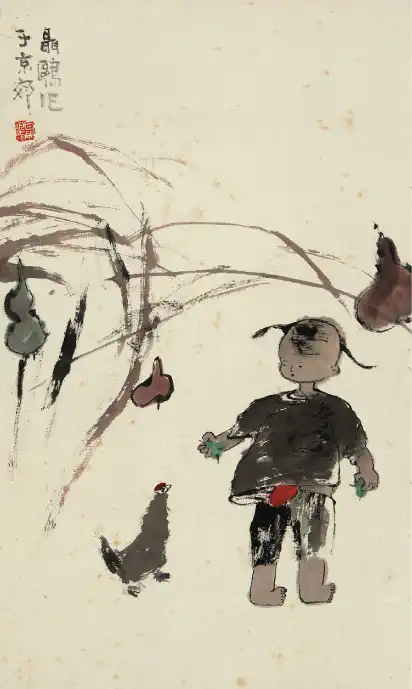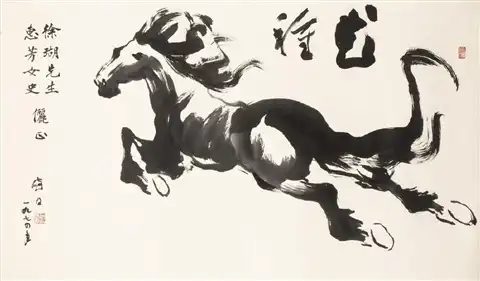
External heat relates to the season summer.
The nature of heat is to flare upward. When heat invades the body the majority of the symptoms manifest in the head and the upper body. Typical external heat invasion symptoms are acute sore throat with red swollen tonsils, high fever and headache. These symptoms are very common during the summer season as heat is the climatic factor of the summer. As the nature of heat is to dry out fluids, heat evil may also cause dryness. Symptoms include dryness of the lips and throat, scanty yellow urine, and constipation (not enough fluids to nourish the intestines). In such cases it is essential to hydrate the body.
To cool the heat one can temporarily engage in a raw food diet (raw, uncooked foods have cooling nature) and choose some specifically cooling foods such as green leafy vegetables, cucumbers, broccoli as well as fruits that ripe during spring and summer or come from hot climates such as citrus fruits, strawberries, plums, melons and watermelons. All these foods are cooling, moistening and hydrating but they should not be consumed for longer periods of time as they will slow down the digestion.
YS
Liangyue, D., Yijun, G., Shuhui, H., Xiaoping, J., Yang, L., Rufen, W., Wenjing, W., Xuetai, W., Hengze, X., Xiuling, X., Jiuling, Y. (1987). Chinese acupuncture and moxibustion. Beijing: Foreign Languages Press
Related Articles:
The Six Climatic Factors and The Five Elements
Please read our Disclaimer










